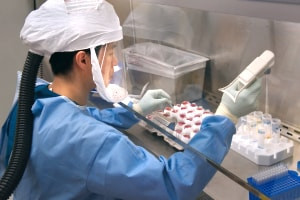This course covers fundamental aspects related to safety, hazards, and risks, emphasizing the principles of risk management. It delves into toxicology studies, modeling concepts, and the classification of hazardous materials. Additionally, the curriculum addresses industrial hygiene challenges and source modeling.
Participants will gain insights into fires and explosions, exploring fire classifications and the components of fire extinguishers. The program extends to the design, types, and installation of sprinkler systems, along with an examination of relief systems. Health and safety protocols in the workplace, as well as the application of probability theory in risk analysis, are also integral components of the course.
Furthermore, the course explores accident outcomes and presents case studies of historical disasters. An essential focus is placed on process safety management and the significance of personal protective equipment. This course is particularly valuable for individuals seeking knowledge about safety in chemical plants, encompassing the diverse risks and hazards prevalent in such environments.
What You Will Learn In This Free Course
View All Learning Outcomes View Less All Alison courses are free to enrol, study, and complete. To successfully complete this Diploma course and become an Alison Graduate, you need to achieve 80% or higher in each course assessment.
Once you have completed this Diploma course, you have the option to acquire an official Diploma, which is a great way to share your achievement with the world.
Your Alison certificate is:
- Ideal for sharing with potential employers.
- Great for your CV, professional social media profiles, and job applications.
- An indication of your commitment to continuously learn, upskill, and achieve high results.
- An incentive for you to continue empowering yourself through lifelong learning.
Alison offers 2 types of Diploma for completed Diploma courses:
- Digital Diploma: a downloadable Diploma in PDF format immediately available to you when you complete your purchase.
- Physical Diploma: a physical version of your officially branded and security-marked Diploma
All Diplomas are available to purchase through the Alison Shop. For more information on purchasing Alison Diploma, please visit our FAQs. If you decide not to purchase your Alison Diploma, you can still demonstrate your achievement by sharing your Learner Record or Learner Achievement Verification, both of which are accessible from your Account Settings.











 Avg. Hours
Avg. Hours  Contains Video
Contains Video  CPD Accredited
CPD Accredited 


 Total XP:
Total XP: 
 Knowledge & Skills You Will Learn
Knowledge & Skills You Will Learn 






